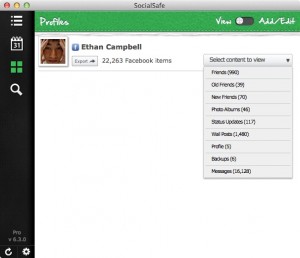In light of recent events surrounding CEO of Yahoo, Marissa Mayer, watching the Social Network today reminded me of the tech industry’s attitude toward women in tech. The film introduces the Silicon Valley start up culture by juxtaposing it to the exclusivity of Harvard’s Finals Clubs. Historically, these clubs have been a haven for young, wealthy, white males. Sound familiar? This is the same kind of demographic that dominates start-up companies such as Facebook, Twitter and the likes.
Unsurprisingly enough, the film covers this culture by depicting the female characters as either useless props for the geeks or psychos who cause their downfall and unhappiness. The first scene of the movie depicts women being bussed to a finals club, dancing on tables and generally being a source of entertainment for men. Throughout the film the women serve no other purpose than that. For example, when the girls ask what they could do to help in terms of expansion, Zuckerberg replies, “Nothing.”
Even when the females play a role within the company, they are still objectified. An example is Natalie the intern whose only line is “Thanks” and appearance is of Zuckerberg and Sean Parker admiring her looks as she walks away. This type of sexism plagues the entire movie and draws attention to the women of silicon valley and how they are treated.
Taking these examples, I want to draw attention to the most recent case of mistreatment to women in the Valley. Marissa Mayer is the current CEO of Yahoo and was the topic of recent controversy and general talk concerning her time at Google and her appointment as CEO of the failing Yahoo brand. Mayer’s notoriety stems from the fact that she was the first female engineer to be hired by Google and her steady downfall within the company.
Within Google, Mayer ran the “search” team until she was essentially demoted during the company’s reshuffling phase. Most people thought it was a standard job switch and didn’t mean much, others pointed to the fact that Mayer’s position changed after breaking up with Google company founder Larry Page. According to a recent New York Magazine article entitled, “Can Marissa Mayer Really Have It All,” while Google was diverse, many high level teams such as the L-Team on Google had no women on them.
This is an issue that is more of a problem today. While there are more women in the Valley, many fail to make progress once a part of these companies. It’s as if they aren’t really in the club at all. According to this New York Times article, the percent of female chief executives is around 3 percent. This is in an industry with more than 100 companies.
While the film’s representation of this has been criticized heavily, I think it draws attention to an important question which is: Where are the women of Silicon Valley? Until women in tech stop being an anomaly, depictions such as those of Christy in The Social Network will continue to exist.


